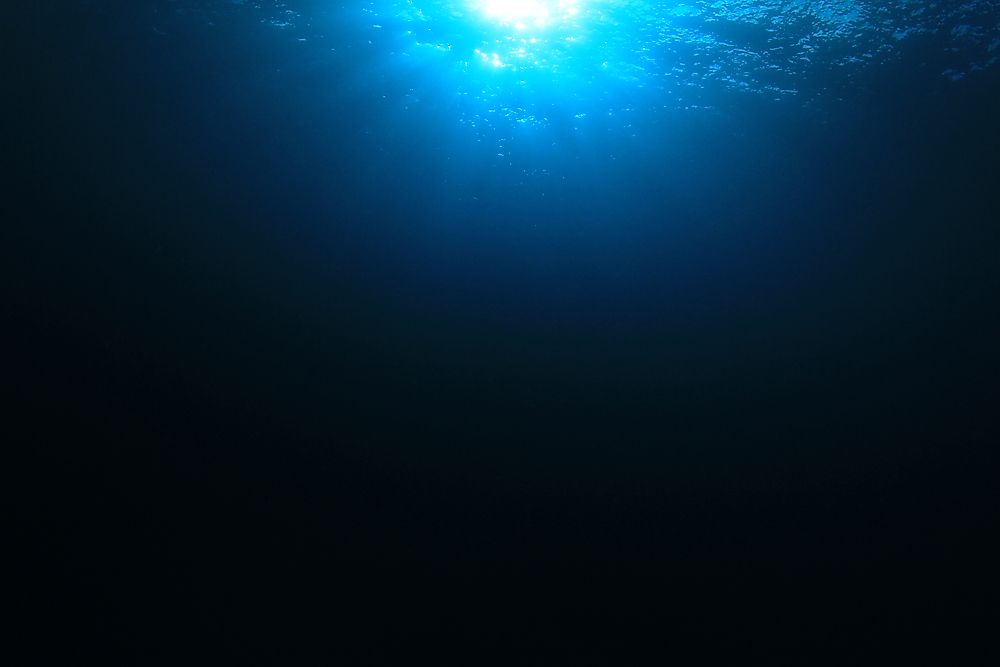Where is the Deepest Part of the Atlantic?

The deepest point of the Atlantic Ocean is the Puerto Rico Trench. It is located north of Puerto Rico and separates the Atlantic from the Caribbean Sea. The oceanic trench is 497 miles long, and the deepest part is the Milwaukee Deep at 5.373 miles. This is the deepest point of the ocean outside of the Pacific.
The trench is a geologically complex site because it is the transition point between the subducting Lesser Antilles and the transform fault zone that extends west to Cuba, Central America, Espanola, and the Cayman Islands. Furthermore, the trench is the point where the Caribbean plate and the North American plate separates. The Caribbean plate is moving east while the North American plate is moving west. Geological studies suggest that earthquakes originating from the fault zone are likely to generate destructive tsunamis. The 1918 San Fermín earthquake that struck Puerto Rico caused massive loss of lives and property which originated from the trench.
Geology of the Trench
The Puerto Rico Trench lies at the junction of two tectonic plates that collide along the fault line. The North American tectonic plate is shifting west while the Caribbean continental plate is shifting east. The Caribbean plate is subducting the North American tectonic plate while the South American continental plate is subducting along the Lesser Antilles to the southeast. The subductions explain the occurrence of volcanic activities in the southeastern region of the Caribbean. There are no active volcanoes in the Virgin Islands, the Dominican Republic, and Puerto Rico, but they are likely to be affected by tsunamis and earthquakes originating from the trench.
Exploration of the Trench
The French first surveyed the floor of the Puerto Rico Trench in 1964, and since then several explorations have been carried out especially by the United States Geological Survey. In 2012, a robotic vehicle explored the trench and discovered a swarm of amphipods. An analysis of the sea creatures revealed that they were a species of amphipods that had been only found in the ultra-deep trenches of the Pacific. Several species of invertebrates and crustaceans were also leading the researchers to conclude that the trench provided habitat to species not found anywhere else on the planet.
Earthquakes and Tsunamis
On October 11, 1918, a series of earthquakes resulted in a tsunami on the west coast of Puerto Rico. The origin of the quake was traced to the Mona Passage between Hispaniola and Puerto Rico. In 1953, an earthquake that originated from the subduction zone affected the Dominican Republic. A major volcanic eruption has not occurred in the past 200 years, and geophysicists are concerned that a powerful and destructive tsunami earthquake is imminent in the foreseeable future.











